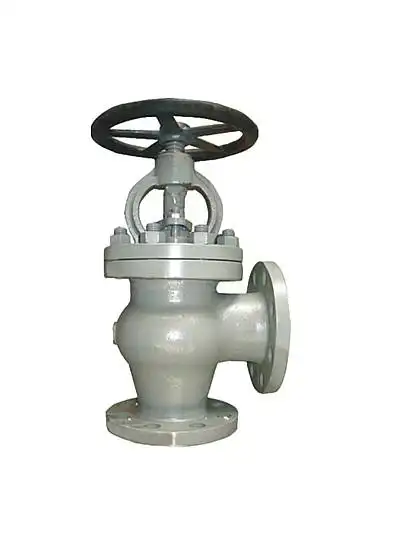Marine valves are critical mechanical devices used in maritime applications to control the flow, pressure, and direction of fluids (such as seawater, fuel, steam, or hydraulic oil) within a ship’s systems. These valves ensure the safe and efficient operation of vessels by regulating processes in propulsion, ballast, fire protection, and auxiliary systems. Their reliability is paramount in harsh marine environments, where exposure to saltwater, corrosion, and extreme weather conditions demands robust design and materials.
Key Types of Marine Valves
Gate Valves
Globe Valves
Ball Valves
Check Valves
Butterfly Valves
Safety and Relief Valves
Stop Valves
Materials and Design Considerations
Marine valves are engineered to withstand corrosion, abrasion, and mechanical stress. Common materials include:
Stainless Steel (e.g., 316L): Resists seawater corrosion and high temperatures.
Bronze and Brass: Suitable for low-pressure seawater systems.
Ductile Iron/Nodular Cast Iron: Cost-effective for non-critical applications.
Duplex Stainless Steel: Combines strength and corrosion resistance for harsh environments.
Nickel Alloys: Used in high-salinity or chemically aggressive conditions.
Design features such as anti-vortex inlets, erosion-resistant coatings, and leak-proof seals further enhance durability.
Applications in Marine Systems
Propulsion Systems
Valves regulate fuel oil, lubricants, and cooling water to engines and turbines.
Ballast Water Management
Ballast valves control water intake and discharge to maintain ship stability, often incorporating filtration systems to prevent invasive species.
Fire Protection
Fire valves, including deluge and hydrant systems, ensure rapid water supply during emergencies.
Steam and Condensate Systems
Globe and safety valves manage steam flow in power generation and heating systems.
Hydraulic and Pneumatic Systems
Valves direct hydraulic fluid or compressed air for steering, deck machinery, and cargo handling.
Selection and Maintenance
Choosing the right marine valve depends on factors like:
Fluid type (seawater, fuel, steam).
Operating pressure and temperature.
Required flow rate and control precision.
Compliance with international standards (e.g., ISO, DNV, ABS).
Regular maintenance is vital to prevent failures. This includes:
Inspecting for corrosion or leaks.
Lubricating moving parts.
Testing for proper sealing and actuation.
Replacing worn-out components before they fail.
Future Trends
Smart Valves: Integration with IoT sensors for real-time monitoring of pressure, temperature, and flow.
Corrosion-Resistant Coatings: Advanced materials like ceramic linings to extend valve lifespan.
Energy Efficiency: Low-friction designs to reduce energy consumption in fluid systems.
Environmental Compliance: Valves designed to meet stricter regulations on ballast water treatment and emissions.
Conclusion
Marine valves are the unsung heroes of ship systems, ensuring safety, efficiency, and compliance in demanding maritime operations. As technology advances, innovations in materials, automation, and sustainability will continue to shape their design, making them even more reliable in the ever-evolving shipping industry. Whether in a container ship, oil tanker, or offshore platform, marine valves remain indispensable to global trade and marine safety.

